1. Bob Dylan: The Voice of a Generation
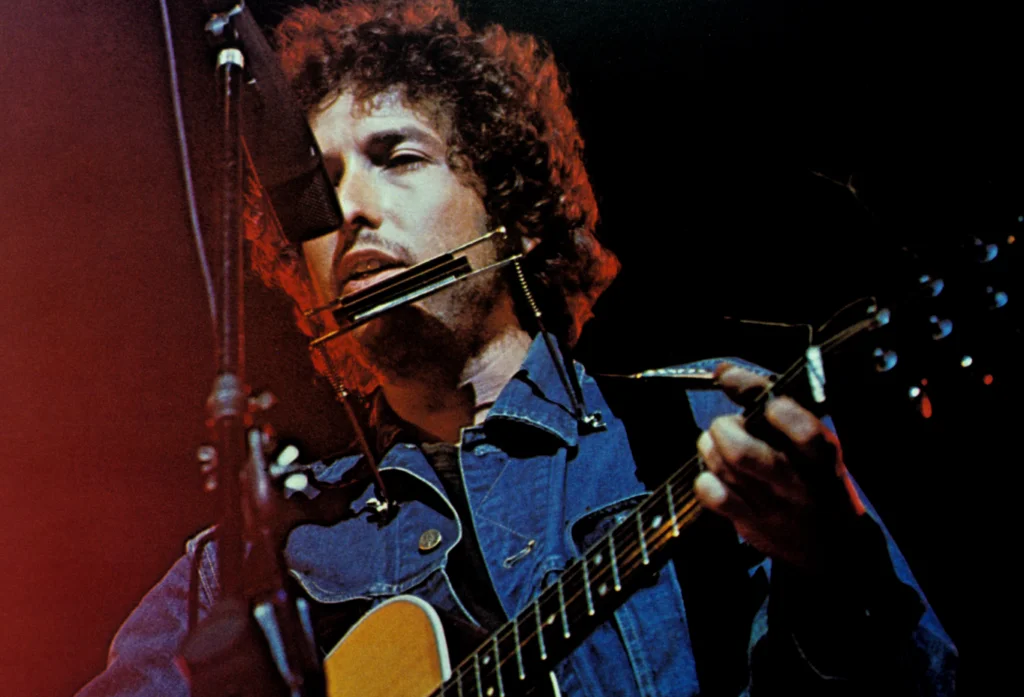
Bob Dylan wasn’t just a musician; he became the voice of a generation. In the early ‘60s, he shook up the music world by blending folk with politically charged lyrics, creating songs that resonated with the youth. His bold decision to go electric in 1965 with Bringing It All Back Home was a gamble that nearly lost him fans but also propelled him into the realm of rock ‘n’ roll legends. The controversy of that moment didn’t just end with a new sound, it marked a revolutionary moment in music history, as Dylan showed that art could be both personal and deeply political.
His decision to abandon folk for electric guitars was a bold step that changed the music landscape forever. Dylan’s willingness to experiment with genres and tackle heavy social issues in his music has cemented his legacy as one of the greatest and most influential artists of all time. His work not only changed the sound of the ‘60s but continues to inspire musicians to this day.
2. Aretha Franklin: The Queen of Soul
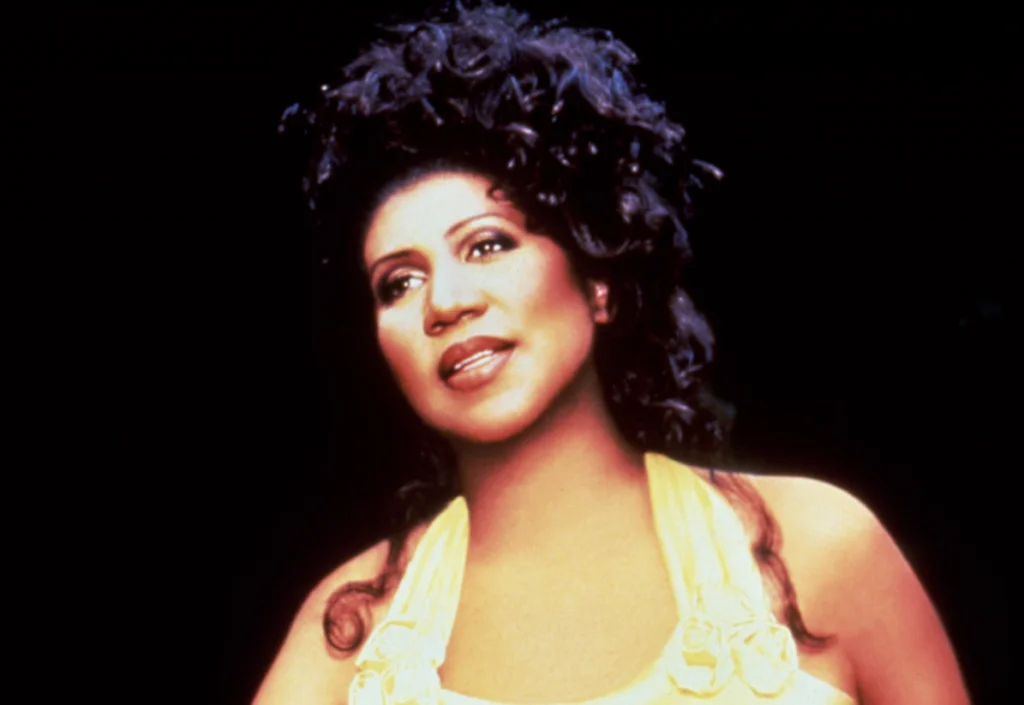
Aretha Franklin took risks that would forever change the course of soul music. In 1967, she signed with Atlantic Records and released I Never Loved a Man the Way I Love You, a daring album that would become one of her defining works. The hit single “Respect” wasn’t just a song—it was an anthem for the civil rights movement and feminism, a powerful message wrapped in a soulful melody. Her decision to embrace her roots and let her powerful voice lead the charge made her an iconic figure not just in music, but in the broader fight for equality.
Franklin’s courage to speak her truth through music inspired generations of artists to use their platform for change. She didn’t just take musical risks—she became a cultural force, showing the world that soul could be both personal and political.
3. The Beatles: Redefining Popular Music
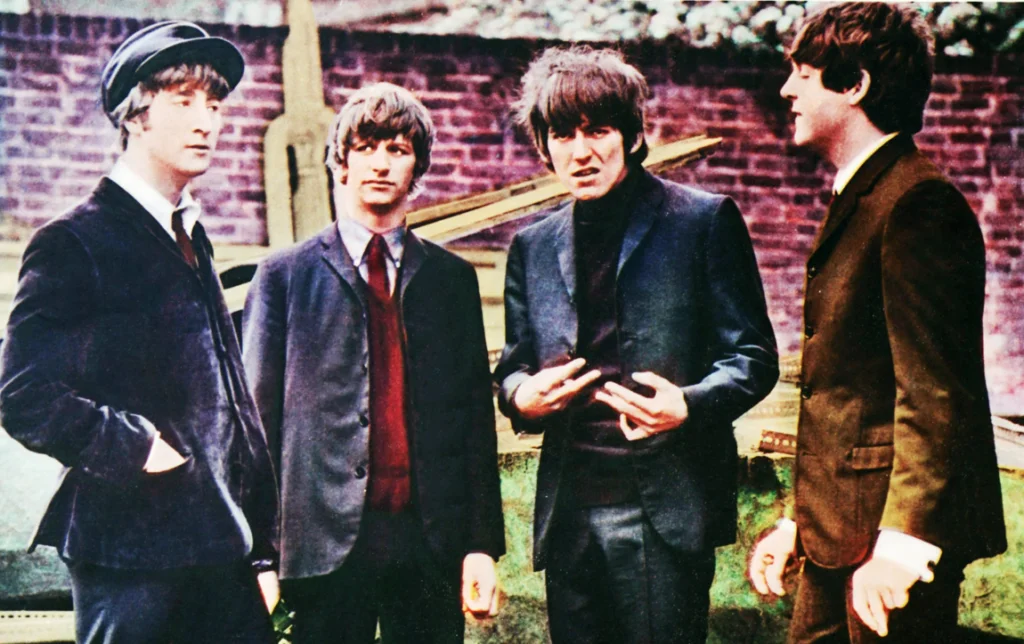
The Beatles are perhaps the most iconic pop group to ever take a risk—and win. Their decision to experiment with sound and studio techniques, especially on Sgt. Pepper’s Lonely Hearts Club Band, revolutionized popular music in ways no one could have predicted. The ‘60s were a time of social change, and the Beatles became the soundtrack to that transformation, reflecting a desire to break from tradition and embrace new possibilities. From their embrace of psychedelic rock to their impact on fashion and culture, The Beatles showed the world that pop music could be something deeper.
Their musical and cultural legacy isn’t just about catchy tunes; it’s about challenging the norms of what music could be. With each album, they took bold steps to innovate, shaping the ‘60s and continuing to influence artists to this day.
4. Jimi Hendrix: Pushing the Boundaries of Sound
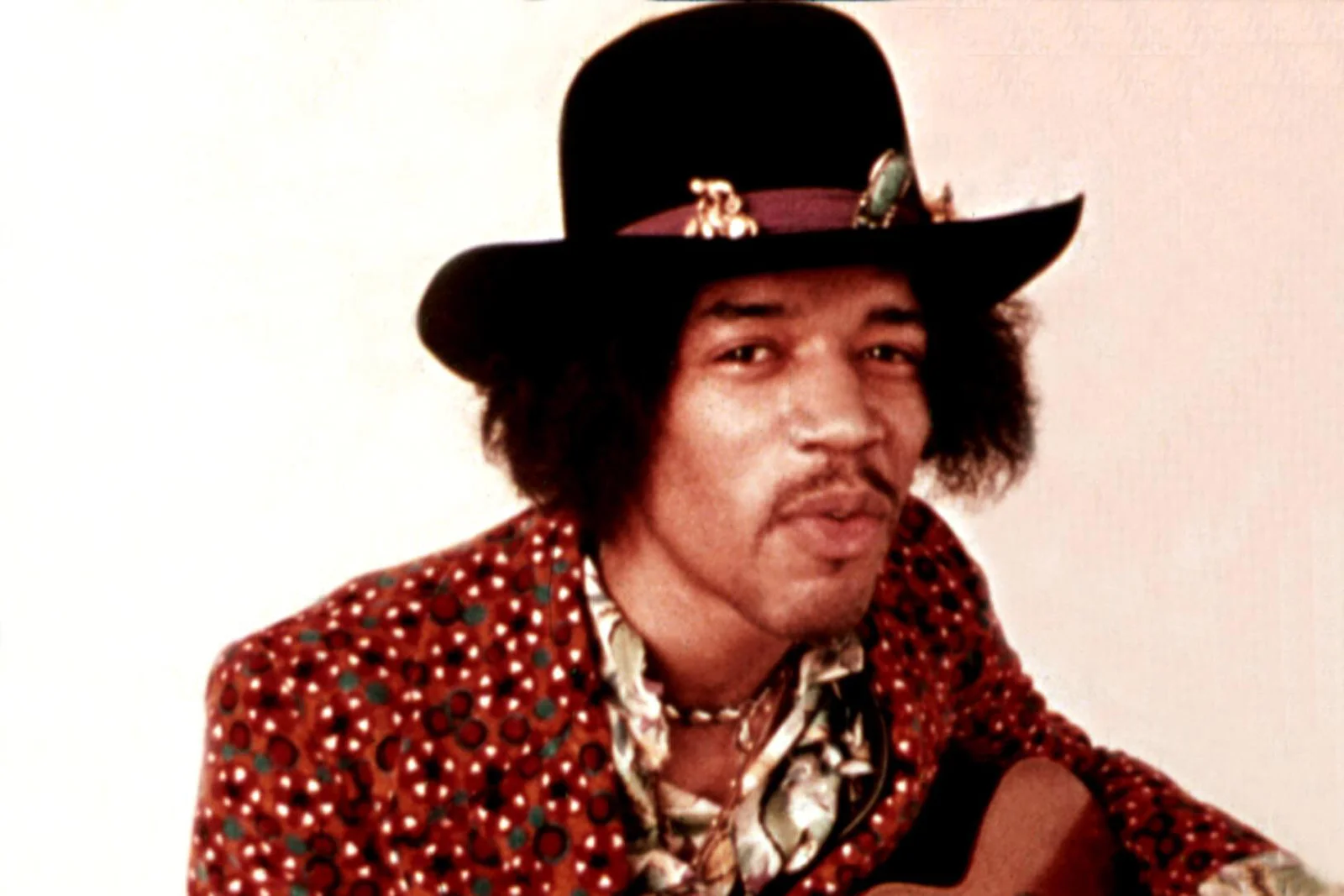
Jimi Hendrix took risks that no one else in rock music dared to. In 1967, he introduced his signature style of electric guitar playing with Are You Experienced, and the world had never heard anything like it. Hendrix’s improvisational solos and the way he melded rock with blues and psychedelia shattered the confines of traditional guitar playing. His daring performances at Woodstock and other festivals pushed the limits of what was possible on stage, creating an electric atmosphere that had people on their feet and transformed the live performance landscape.
What set Hendrix apart was not just his musical talent but his willingness to be unapologetically experimental. His legacy lives on in how modern musicians continue to push the limits of sound and performance, making him a pioneer of rock and roll.
5. Janis Joplin: Breaking Free from Expectations
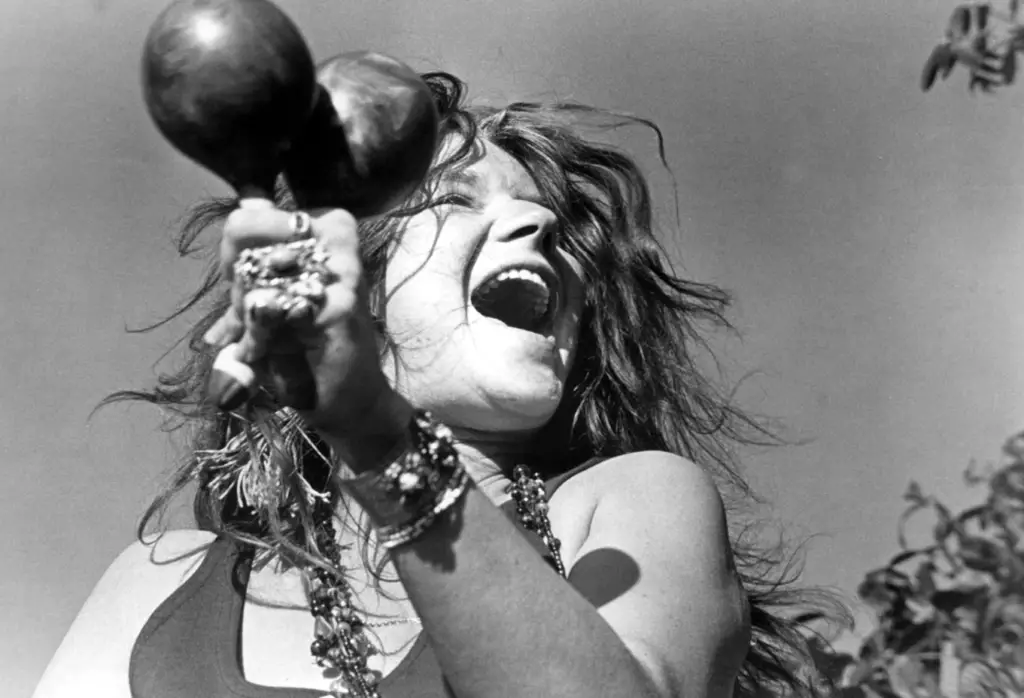
Janis Joplin was the epitome of boldness in the ‘60s, both in her music and her persona. Her decision to embrace the blues and rock genres, despite the societal expectations of women in music at the time, was revolutionary. Joplin’s raw, soulful voice and her powerful stage presence made her a standout in the male-dominated rock scene. Hits like “Piece of My Heart” became anthems of empowerment for many, and her ability to be vulnerable and fierce at the same time left a lasting impression on music lovers.
Janis’s willingness to embrace who she was, flaws and all, made her a trailblazer for future female rockers. Though her life was tragically short, her boldness in music and performance changed the face of rock forever.
6. The Supremes: Redefining Pop and Soul
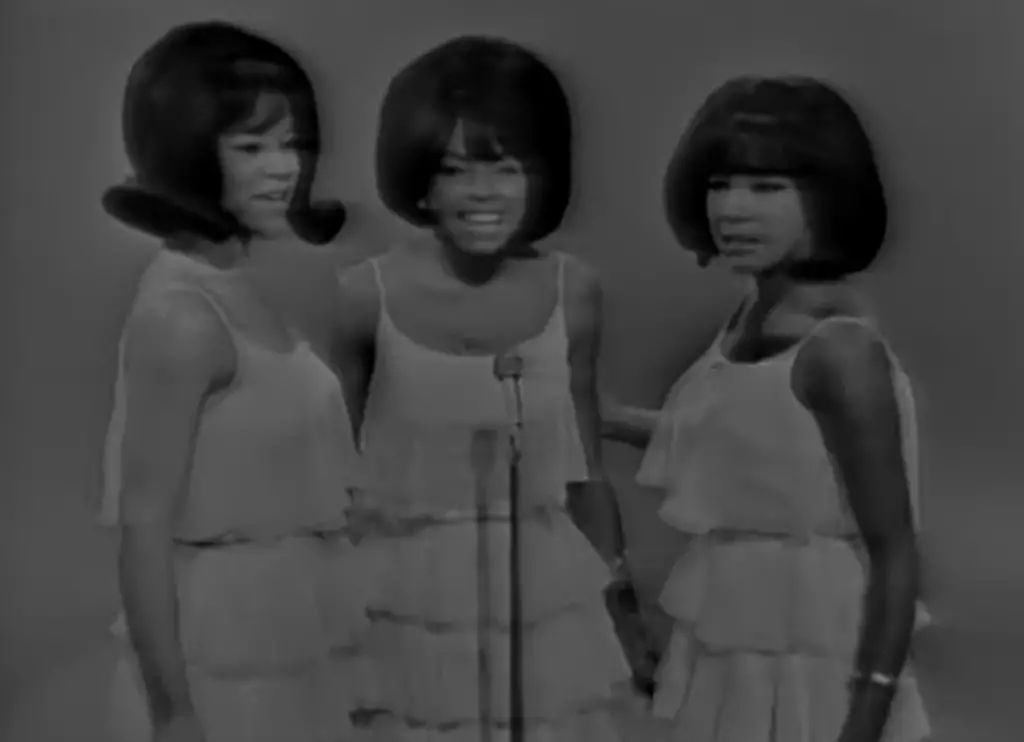
The Supremes were more than just a girl group—they were pioneers who broke racial and gender barriers in the music industry. With hits like “Stop! In the Name of Love” and “You Can’t Hurry Love,” they brought Motown’s signature sound into the mainstream and made it accessible to a broader audience. The decision to take the polished pop-soul sound of Motown and combine it with mainstream appeal made The Supremes one of the most successful acts of the ‘60s. Diana Ross’s stage presence and vocal power helped to establish them as a cultural force.
The Supremes didn’t just create catchy songs; they were key players in shaping the landscape of popular music, proving that black artists could succeed in mainstream pop. Their success opened doors for future artists and redefined what it meant to be a pop star.
7. Jim Morrison: The King of Mystique

Jim Morrison and The Doors were unlike any other band in the ‘60s. Their psychedelic rock sound, combined with Morrison’s mysterious and often controversial lyrics, pushed the boundaries of what was considered mainstream. Morrison’s poetic style and rebellious spirit set him apart, and he was unafraid to challenge both societal norms and musical conventions. His haunting performance at the Hollywood Bowl in 1968, where he riled up the crowd with his unpredictable antics, solidified his place in the pantheon of rock legends.
Morrison’s risk was not just in his music but in how he used it to express the counterculture ethos of the time. His ability to blend poetry, music, and mystique left a mark on the ‘60s that continues to influence rock musicians today.
8. Simon & Garfunkel: Harmonizing with the Times
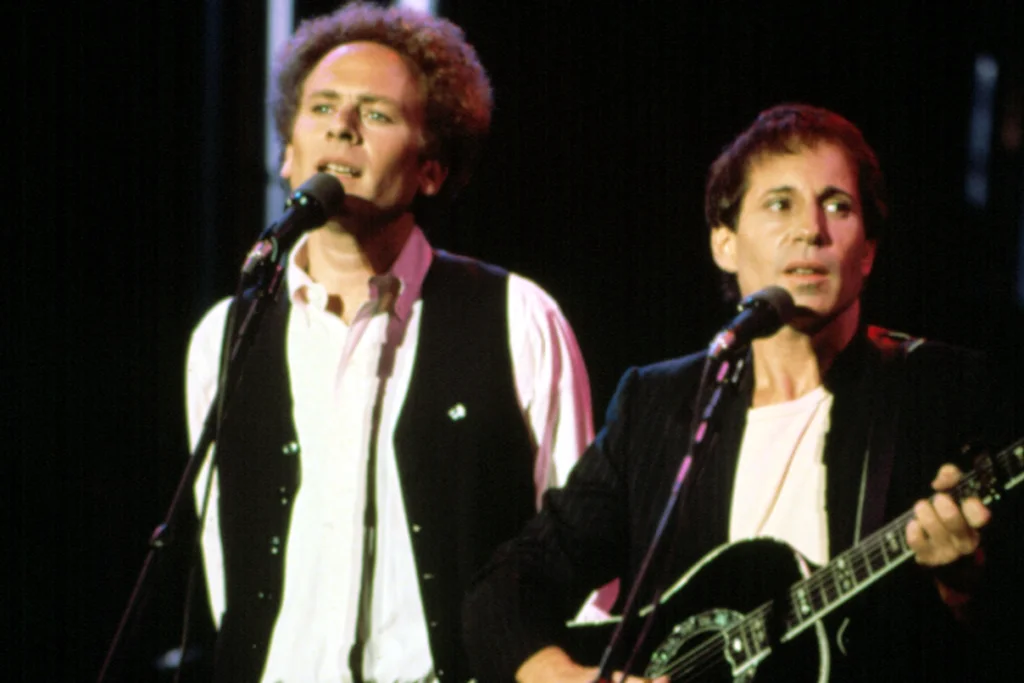
Simon & Garfunkel were a unique duo who took risks by blending folk with pop, creating a sound that was both soothing and thought-provoking. Their album Bridge Over Troubled Water in 1970 became a cultural milestone, but it was their earlier work in the ‘60s that really set them apart. With songs like “The Sound of Silence” and “I Am a Rock,” they addressed the disillusionment and isolation felt by many, particularly the youth of the time. Their ability to mix gentle folk melodies with socially conscious lyrics made them one of the most influential acts of the era.
Their willingness to tackle complex themes in a simple, melodic format made their music accessible while still being thought-provoking. Simon & Garfunkel’s legacy continues to be celebrated for their introspective songwriting and how they captured the emotions of the time.
9. Nancy Sinatra: Carving Her Own Path

Nancy Sinatra took bold steps to break free from her famous father’s shadow and create her own legacy in the ‘60s. With hits like “These Boots Are Made for Walkin’,” she embraced the pop and country genres in a way that few women had done before. Her sultry voice and rebellious attitude made her a standout in a world where female performers were often pigeonholed into certain roles. Sinatra’s strong personality and ability to embrace a more independent image set her apart from the typical pop stars of the time.
Her decision to step away from her father’s image and forge her own path in music was risky, but it paid off. Nancy Sinatra’s impact on pop music and culture remains undeniable, and she inspired future generations of women to assert themselves in the industry.
10. Roy Orbison: The Master of the Unlikely

Roy Orbison’s smooth voice and haunting ballads made him one of the most beloved pop stars of the ‘60s. But Orbison was also an innovator who pushed the boundaries of what pop music could be. His willingness to embrace a more dramatic style of songwriting and performance, especially in hits like “Only the Lonely,” brought a depth to pop music that hadn’t been seen before. Orbison’s decision to blend rock ‘n’ roll with opera and orchestral elements was bold, and it paid off in creating timeless music that still resonates today.
Orbison’s unique sound was ahead of its time, and his influence can still be felt in modern music. His ability to bring together different musical genres made him an unlikely pioneer in pop music.
11. Tina Turner: From Struggle to Strength

Tina Turner’s rise to fame in the ‘60s wasn’t just about her powerhouse vocals; it was about her ability to overcome personal struggles and reinvent herself. As part of the Ike & Tina Turner Revue, she faced numerous obstacles, including abuse and inequality, but her decision to break free from that toxic relationship and carve her own solo career in the mid-‘70s was nothing short of bold. By doing so, she became one of the most respected and powerful women in rock music. Her 1984 album Private Dancer marked the pinnacle of her career, proving that reinvention was the ultimate risk.
Tina Turner’s bravery to rebuild herself both musically and personally became a symbol of empowerment, and her legacy continues to inspire women everywhere to stand strong in the face of adversity.
12. The Rolling Stones: Defying Expectations
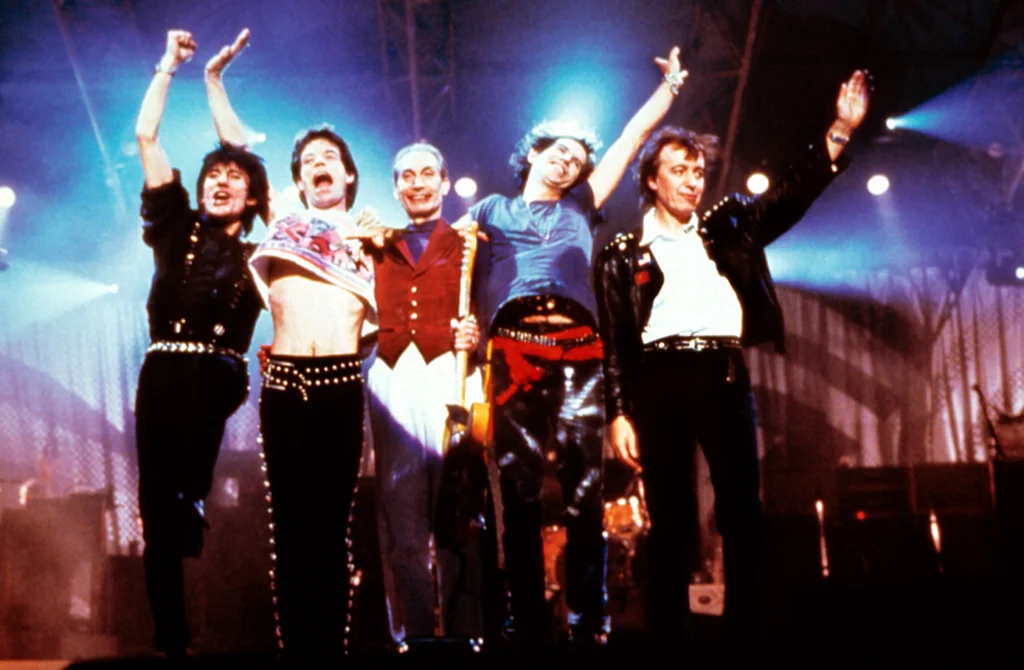
The Rolling Stones took risks that shaped their career and the future of rock music. From their early days in the ‘60s, they challenged societal norms and pushed the boundaries of rock ‘n’ roll with their rebellious attitudes and electrifying performances. Their music was raw and full of attitude, which became the foundation for their success. The controversial 1969 Altamont Free Concert, where violence broke out during their performance, cemented their status as both a cultural force and a symbol of the chaotic energy of the times.
Their willingness to embrace danger and defy expectations set them apart from other bands of their time. The Rolling Stones’ fearless approach to both music and life made them icons and helped redefine what it meant to be a rock star.


